My husband and I have been married for 6 years and have no children. I have no sperm and was prescribed micro-TESE surgery.
Is this method painful, is the surgery quick, are there any restrictions after surgery? (Quoc Khai, Ba Ria - Vung Tau )
Reply:
Micro-TESE, also known as testicular microsurgery to find sperm, is a modern technique of testicular tissue analysis to extract sperm for azoospermic patients, replacing the classical method of PESA aspiration and TESE testicular tissue analysis.
Micro-TESE is currently the optimal choice for men with non-obstructive azoospermia. With a high magnification microscope, doctors can easily find potential seminiferous tubules that may still have sperm, and the small amount of tissue taken helps limit trauma and avoid destroying testicular function.
Depending on the extent of the procedure, you may only need local anesthesia or general anesthesia, so you won't feel any pain during the microsurgery.
Microsurgical systems are very expensive, so in the past, fertility centers often placed them in another operating room, not near the lab, leading to certain risks such as the possibility of spillage during transportation, affecting the quality of the sample. The travel time also interrupts the surgery and prolongs the patient's anesthesia time. In addition, it can cause the doctor or surgeon to lose focus on the surgery.
At the Center for Assisted Reproduction, Tam Anh General Hospital, Ho Chi Minh City (IVFTA-HCMC), the microsurgical system is located right in the operating room and next to the embryology lab. Tissue samples are torn off and transferred to the lab for processing and results are obtained almost immediately. This reduces the patient's surgery time by about 30%, as well as the anesthesia and post-operative time.
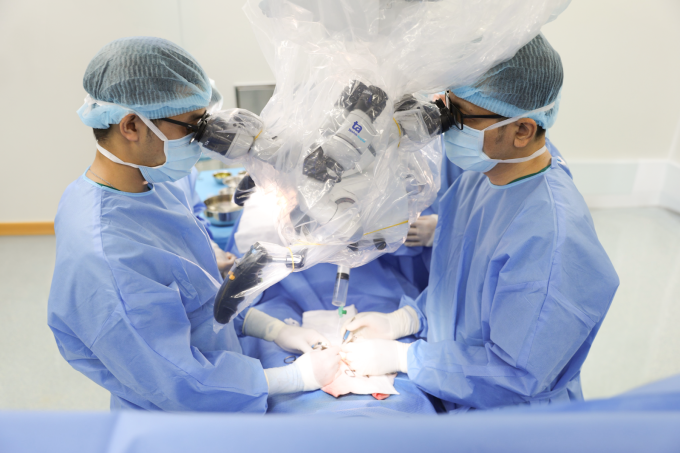
MSc. Dr. Le Dang Khoa (right) and his team perform micro-TESE technique for a patient at IVFTA-HCMC. Photo : Phuong Trinh
Compared to before, patients had to spend a lot of time and money to wash the wound and remove the stitches, now IVFTA-HCMC uses a type of glue that can cover and glue the wound. After the procedure, you only need to take the prescribed medicine, do not need to remove the stitches and wash the wound, you can bathe normally. Wait 7 days for the glue to peel off and the wound to heal, you can live and work as before, you can also do heavy labor.
After surgery, men should have a regular urological check-up once a year or maybe every 2-3 years so that the doctor can re-evaluate the functions and hormones and make appropriate adjustments.
MSc. Dr. Le Dang Khoa
Head of Andrology Unit, Center for Reproductive Support,
Tam Anh General Hospital, Ho Chi Minh City
Source link



![[Photo] Panorama of the Opening Ceremony of the 43rd Nhan Dan Newspaper National Table Tennis Championship](https://vphoto.vietnam.vn/thumb/1200x675/vietnam/resource/IMAGE/2025/5/19/5e22950340b941309280448198bcf1d9)
![[Photo] Close-up of Tang Long Bridge, Thu Duc City after repairing rutting](https://vphoto.vietnam.vn/thumb/1200x675/vietnam/resource/IMAGE/2025/5/19/086736d9d11f43198f5bd8d78df9bd41)
![[Photo] President Luong Cuong presents the 40-year Party membership badge to Chief of the Office of the President Le Khanh Hai](https://vphoto.vietnam.vn/thumb/1200x675/vietnam/resource/IMAGE/2025/5/19/a22bc55dd7bf4a2ab7e3958d32282c15)
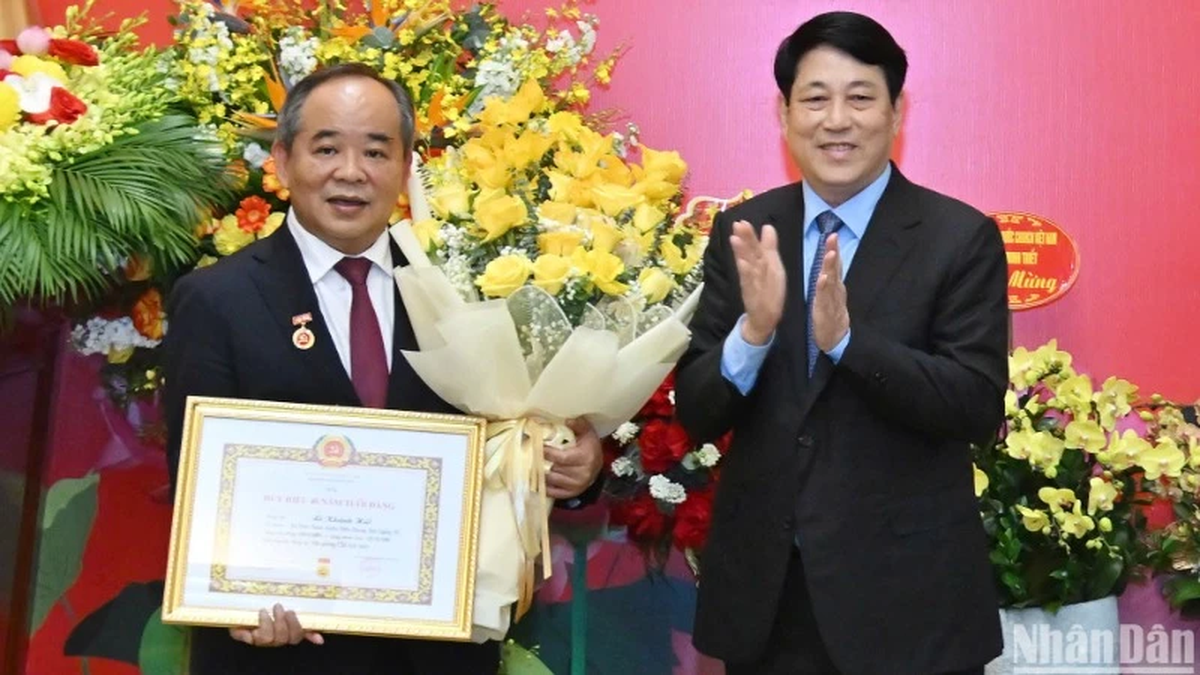
![[Photo] General Secretary To Lam attends the conference to review 10 years of implementing Directive No. 05 of the Politburo and evaluate the results of implementing Regulation No. 09 of the Central Public Security Party Committee.](https://vphoto.vietnam.vn/thumb/1200x675/vietnam/resource/IMAGE/2025/5/19/2f44458c655a4403acd7929dbbfa5039)






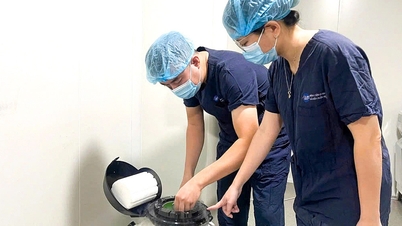







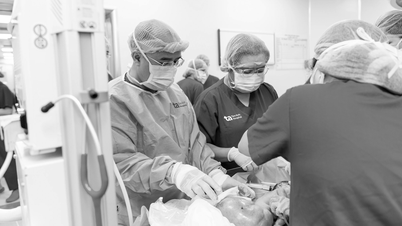
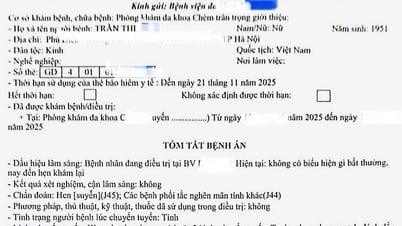














![[Photo] Prime Minister Pham Minh Chinh inspects the progress of the National Exhibition and Fair Center project](https://vphoto.vietnam.vn/thumb/1200x675/vietnam/resource/IMAGE/2025/5/19/35189ac8807140d897ad2b7d2583fbae)
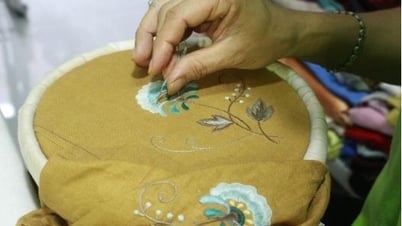





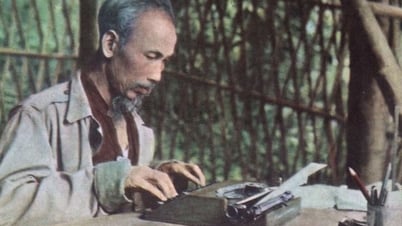

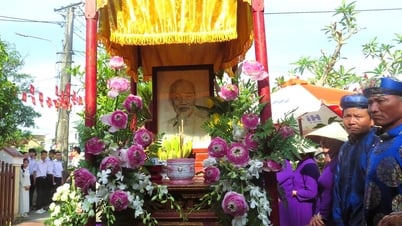
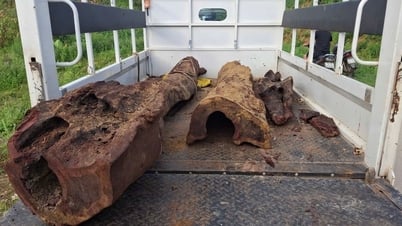








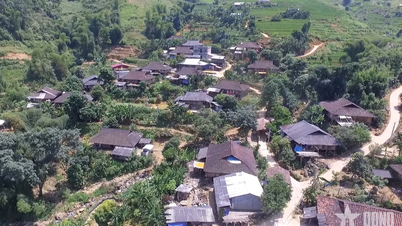

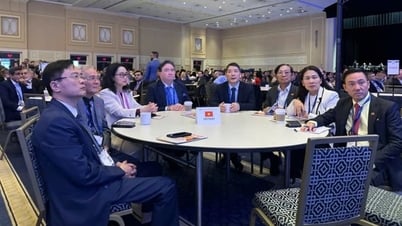







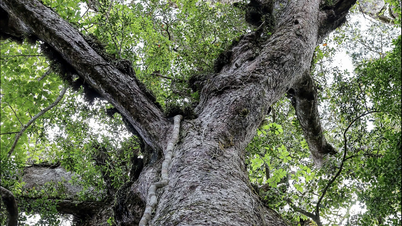
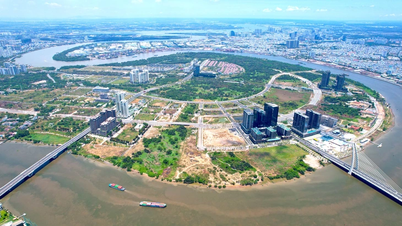

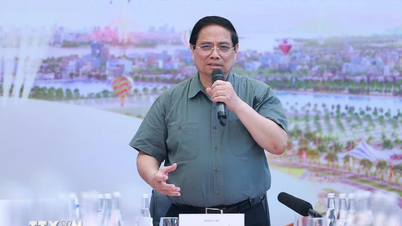








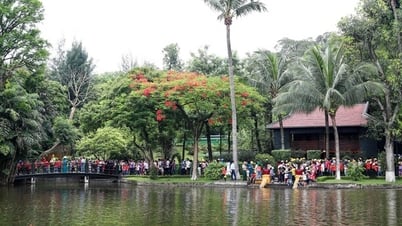



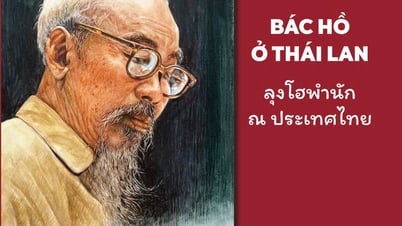


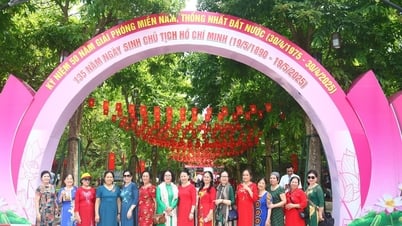









![[VIDEO] - Enhancing the value of Quang Nam OCOP products through trade connections](https://vphoto.vietnam.vn/thumb/402x226/vietnam/resource/IMAGE/2025/5/17/5be5b5fff1f14914986fad159097a677)





Comment (0)